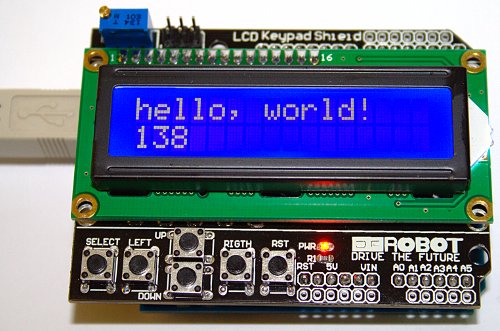As part of my Arduino and PIC discovery and research I decided to order a DDS60 kit so that I would have a nice board for experimenting with the AD9851. (Analog Devices DDS chip)
http://midnightdesignsolutions.com/dds60/index.htmlThe kit arrives in a nice set of plastic and includes a quick assembly guide.

As you can see once the parts are emptied out of the shipping bag they are nicely organized. The resistors and capacitors are taped to a card. The parts are color coded and the part number and value is listed on the card as well.

The kit takes about 2.5 hours to put together. It is not that the kit is hard, but you do need to be careful during the assembly steps since EVERYTHING is SMD except for the header pins.

There are a few places for parts on the PCB that are left empty. The kit likely has evolved a bit since the last PCB was created at a fab shop.
This board will work with multiple other kit systems include the PIC-El system from
AA0ZZ. I have one of Craig's PIC-EL III boards (PIC based MCU) in addition to several Arduino (ATMEL AVR based MCU) to experiment with.
73 de NG0R


























